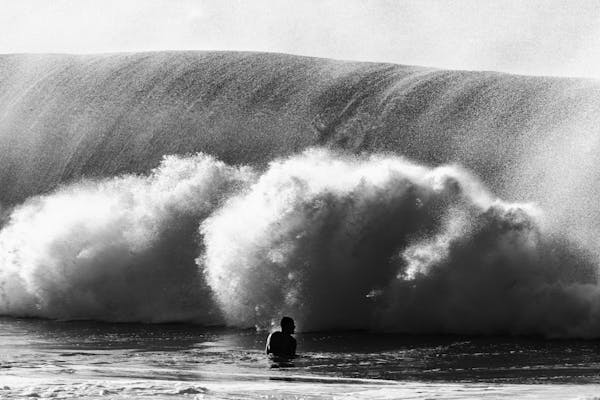Business leaders are navigating a perfect storm of risk fuelled by the convergence of continued economic uncertainty, rapid technological change, increased regulatory complexity, and a precarious geopolitical outlook, according to global law firm, Clyde & Co in its annual Corporate Risk Radar with insights from 225 General Counsel, C-Suite executives, and CEOs worldwide.
Today's (12 June) report, conducted in partnership with research consultancy, Winmark Global, sheds light on how business leaders will address the many challenges they face, with 67% of leaders surveyed saying that the risk landscape is now ‘many times more complex’ than it was just three years ago at the height of the covid crisis.
The escalating threats on multiple fronts are creating a ‘polycrisis’ of risk which is having a dramatic impact on corporate decision-making. Risk caution is estimated to be costing as much as 5% of corporate revenues, with more than a quarter of respondents saying that risk perception was stymying ‘bold decision making’.
Economic risk – inflation, interest rates and currency volatility – cemented its position as the number one threat according to business leaders. This was followed by ‘people’ challenges which include attracting and retaining talent, upskilling, management and succession planning.
Increasingly in the Corporate Risk Radar, the impact of AI and the risks associated with the growing technology, is evident. While respondents said that AI was a potential source of competitive advantage, an urgency to embed this technology was prompting “a gold rush” mentality with the fear of being left behind driving decision-making.
Divergent and often contradictory regulations on AI are just one concern respondents cited, but they are part of a much wider concern about the overall regulatory burden companies are having to manage. Regulatory and Compliance risk is now the joint second biggest issue organisations are tackling, according to the report – up 9% on 2023’s findings.
With numerous regional conflicts persisting or escalating and further political uncertainty and upheaval likely thanks to an unprecedented year of elections around the world, geopolitical risk surged 11% from last year, ranking fourth.
Eva-Maria Barbosa, partner, Clyde & Co said: “Organisations are having to deal with risks that were never on their radar in the past. An unpredictable economic environment with shorter and more volatile cycles is being fuelled by growing geopolitical tensions.
"In response, we are seeing a proliferation of sanctions and a greater regulatory burden which organisations must now navigate. Add to this the growing impact of AI and the sheer number of risks could feel overwhelming for any business. With all of this to contend with, effective planning and risk prioritisation is becoming crucial, with more and more companies understanding the importance of consistent horizon scanning.”
Carolena Gordon, senior partner, Clyde & Co said: “This year’s report shows that the business of doing business has become more unpredictable than ever. Most of us have now come to terms with the fact that there is no longer such a thing as ‘normal’ and that a different mindset is needed when assessing and responding to risk. Navigating risk is not just a defensive play but a crucial enabler of commercial opportunity and global economic activity. It is encouraging to see that, despite the headwinds, businesses are increasingly taking a proactive approach to risk management.”
Other findings in the report released today include:
• Leaders surveyed said that market disruption – including AI – was now the risk they feel least prepared for, eclipsing climate change, geopolitical and societal risks.
• General Counsel were the least optimistic about their readiness to deal with market disruption, perhaps reflecting their proximity to these risks compared to other leaders and board members.
• Respondents said that scenario planning and risk horizon scanning was now a much bigger part of their jobs than it was just a few years ago.
• Some respondents highlighted the growing tension between boards and executive risk management, with the suggestion that boards were often relying too heavily on executives to identify and present risks.










